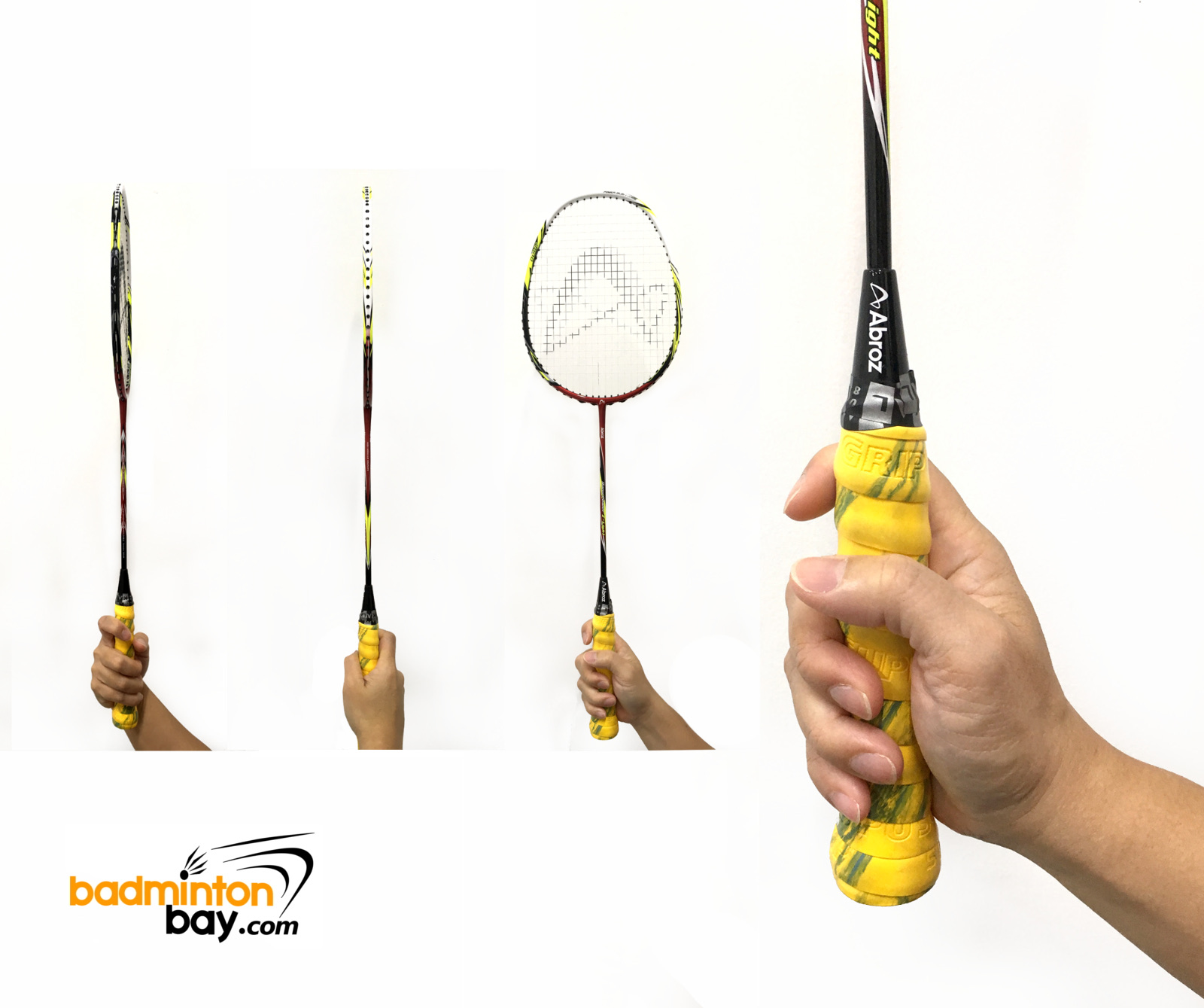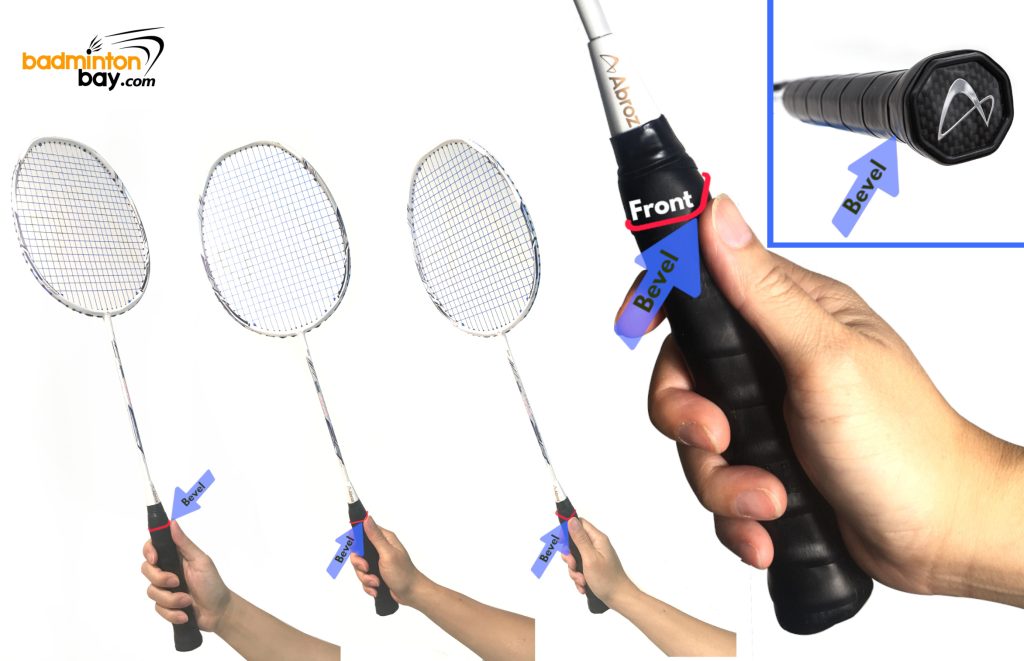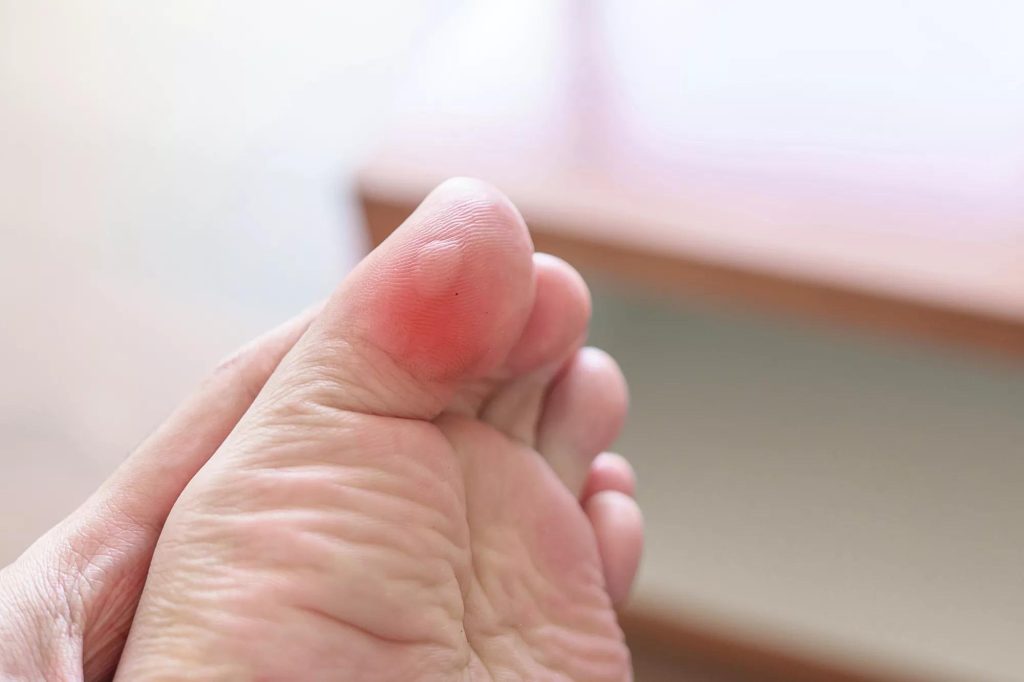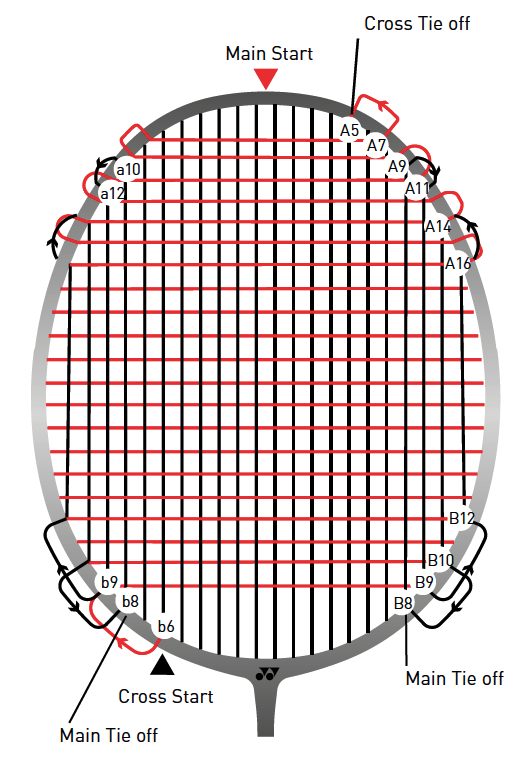Holding a badminton racket correctly is crucial for good gameplay. It affects your control and power.
Badminton is a fast-paced sport requiring skill and precision. Proper grip can make a big difference. Beginners often struggle with this fundamental aspect. Learning how to hold the racket properly can help you improve your game. A correct grip ensures better shots, control, and reduces injury risk.
It might seem simple, but many players overlook it. This blog will guide you through the steps to hold a badminton racket the right way. Whether you are new to the sport or looking to refine your technique, understanding the basics of racket grip is essential for your badminton journey.
Introduction To Badminton Grip
Badminton is a sport that requires skill and precision. A good grip on the racket is essential. It can make a big difference in your performance. Understanding the basics of a proper grip can boost your game. This guide will help you learn how to hold a badminton racket correctly.
Importance Of Proper Grip
A proper grip is crucial in badminton. It affects your control and power. With the right grip, you can hit the shuttlecock accurately. You can also switch between shots more easily. This can give you an edge over your opponent. A good grip also helps prevent injuries. It reduces strain on your wrist and arm. This allows you to play longer without discomfort.
Common Grip Mistakes
Many players make mistakes with their grip. Holding the racket too tightly is a common error. It can limit your wrist movement. This makes it hard to play flexible shots. Another mistake is using the wrong grip for different shots. For example, using a forehand grip for a backhand shot. This reduces the effectiveness of your stroke. Not changing your grip during a match is also a mistake. Adjusting your grip can help you respond better to different shots.
Types Of Badminton Grips
Learning to hold your badminton racket properly can improve your game. Different grips help in different situations. Here are the main types of badminton grips.
Forehand Grip
The forehand grip is the most common grip in badminton. It is simple and used for most shots. To hold a forehand grip:
- Hold the racket handle like shaking hands.
- Your thumb and index finger should form a V shape.
- Keep your fingers loose but firm.
This grip gives you control and flexibility. It helps in hitting powerful and accurate shots.
Backhand Grip
The backhand grip is essential for shots on your non-dominant side. To hold a backhand grip:
- Turn the racket slightly to the right.
- Place your thumb against the back of the handle.
- Rest your fingers around the handle for support.
This grip allows you to hit backhand shots with ease. It offers stability and power for defensive and offensive plays.
Choosing The Right Grip
Choosing the right grip is essential for any badminton player. A good grip can enhance your control and power. It can also prevent injuries. In this section, we will explore how to select the best grip for your needs.
Grip Size
The size of the grip affects your hold on the racket. A grip that is too large or too small can cause discomfort. Measure your hand to find the right size. Hold the racket and check if your fingers wrap around it comfortably. There should be a small gap between your thumb and fingers. This ensures a firm, yet relaxed, grip.
Grip Material
Grip material also plays a crucial role. Some players prefer synthetic grips. These are durable and provide good traction. Others may choose towel grips. These grips absorb sweat and offer a soft feel. Consider your playing conditions. If you sweat a lot, a towel grip might be better. For dry conditions, a synthetic grip could work well. Test different materials to find your preference.
Steps To Master The Forehand Grip
Understanding the forehand grip is crucial for badminton players. This grip helps in hitting powerful shots. Mastering the forehand grip involves specific steps. Let’s dive into these steps.
Positioning The Fingers
Start with your dominant hand. Hold the racket handle as if you are shaking hands. Make sure the handle sits comfortably in your palm. Use your thumb and index finger to create a V-shape on the handle. This positioning provides control and flexibility.
Next, wrap your remaining fingers around the handle. Keep them relaxed but firm. This grip should feel natural and not too tight. A tight grip limits wrist movement. A relaxed grip ensures better maneuverability.
Holding The Racket
Ensure the racket head is perpendicular to the ground. This position aids in hitting accurate shots. Your wrist should be loose. This helps in generating power during the swing. Avoid locking your wrist.
For better control, keep the racket handle’s bottom end aligned with the base of your palm. This alignment helps in maintaining balance. Adjust your grip as needed while playing. Flexibility in grip ensures better performance.
Follow these simple steps to hold your racket correctly. Practice regularly to improve your grip. A good grip can enhance your game significantly.
Steps To Master The Backhand Grip
Mastering the backhand grip in badminton is essential for improving your game. A proper backhand grip helps you hit powerful and accurate shots. Follow these steps to learn the perfect backhand grip.
Finger Placement
Proper finger placement is crucial for a strong backhand grip. Follow these steps:
- Hold the racket with your non-dominant hand by the shaft.
- Place the base of your thumb on the wider side of the handle.
- Wrap your thumb around the handle, resting it against your index finger.
- Your fingers should form a “V” shape along the handle.
Ensure your grip is firm, but not too tight. This allows for better control and flexibility.
Wrist Movement
Wrist movement is key to an effective backhand shot. Follow these tips:
- Keep your wrist relaxed and flexible.
- Use a flicking motion to generate power.
- Practice swinging with smooth, controlled movements.
A flexible wrist helps you adapt to different shots and angles.
By following these steps, you can improve your backhand grip and enhance your badminton performance.

Credit: blog.badmintonbay.com
Transitioning Between Grips
Transitioning between grips in badminton is crucial for effective play. Players must switch between forehand and backhand grips seamlessly. This ensures fluidity and precision in their shots. Mastering this skill can enhance your overall game performance.
Smooth Grip Change
Changing grips smoothly is essential. Start by loosening your hold on the racket. Rotate the racket handle within your fingers. Do this while keeping your wrist relaxed. Practice this motion until it feels natural. It helps to watch advanced players. Observe their grip transitions during matches.
Common Transition Errors
One common error is gripping the racket too tightly. This makes it hard to change grips quickly. Another mistake is moving the entire arm instead of just the wrist. This slows down your reaction time. Avoid overthinking the grip change. It can cause you to hesitate during play. Practicing regularly can help you avoid these mistakes.
Improving Grip Strength
Improving grip strength is essential for any badminton player. A strong grip enhances control, power, and precision in your shots. Developing this strength involves exercises focused on the fingers and wrist. Let’s explore these exercises to boost your grip strength.
Exercises For Fingers
Finger exercises are crucial for a strong grip. Start with simple finger stretches. Spread your fingers wide and hold for 10 seconds. Repeat this five times. Next, use a hand gripper. Squeeze it slowly, hold for a few seconds, and release. Do this 10 times for each hand. These exercises will help strengthen your fingers.
Wrist Strengthening
Wrist strength plays a vital role in badminton. Begin with wrist curls. Hold a lightweight in your hand, palm facing up. Curl your wrist upwards slowly, then lower it back down. Do 15 repetitions on each wrist. Another great exercise is the wrist roller. Use a stick with a weight attached to a rope. Roll the weight up and down to build wrist strength. These exercises will improve your wrist endurance and stability.

Credit: www.youtube.com
Maintaining Your Racket Grip
Maintaining your racket grip is crucial for a solid badminton game. A good grip ensures better control and comfort. This can greatly influence your performance. Let’s discuss how to keep your racket grip in top condition.
Cleaning The Grip
Keeping your racket grip clean is essential. Dirt and sweat can make it slippery. Use a damp cloth to wipe the grip. Avoid soaking it with water. This prevents damage to the material. Let it air dry completely before use. Regular cleaning helps maintain a firm grip.
Replacing The Grip
Over time, grips wear out. They become less effective. It’s important to replace them regularly. Choose a grip that fits your hand size. Follow these steps to replace it. First, remove the old grip. Start from the top. Unwind it slowly. Then, wrap the new grip tightly. Start from the bottom. Overlap the layers slightly. Secure the end with tape. A new grip can improve your game.

Credit: m.youtube.com
Frequently Asked Questions
How Do You Properly Hold A Badminton Racket?
To hold a badminton racket properly, grip the handle like shaking hands. Ensure it’s firm but relaxed for optimal control and flexibility.
What Is The Forehand Grip In Badminton?
The forehand grip involves holding the racket like a handshake. The thumb should rest comfortably on the wider side of the grip.
How Do You Switch From Forehand To Backhand Grip?
Switching grips requires rotating the racket in your hand. Use your fingers to adjust smoothly between forehand and backhand.
Why Is The Correct Grip Important In Badminton?
The correct grip ensures better control, power, and precision. It reduces the risk of injury and enhances overall performance.
Conclusion
Mastering the grip of your badminton racket is essential. It improves control and power. Practice these techniques regularly. Feel the changes in your game. A good grip boosts confidence. Keep your hands relaxed. Experiment with different grips. Find what suits you best.
Every player is unique. Remember, practice makes perfect. Happy playing!



